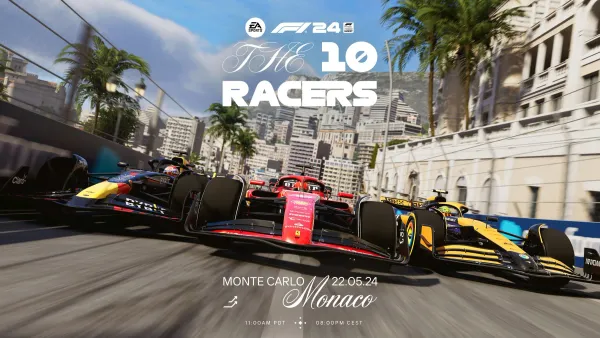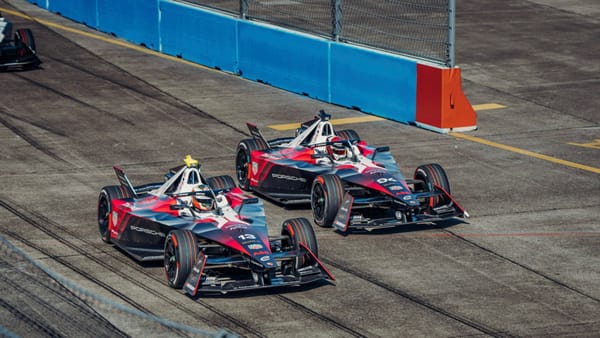Controversy and Consensus: WEC's Transition to a Two-Class Structure

In a move that has stirred both excitement and controversy within the motorsport community, the World Endurance Championship (WEC) is gearing up to implement a significant overhaul, transitioning from a multi-class format to a simplified two-class structure in the coming year. While the changes promise more intense competition and a wider variety of cars on the grid, some LMP2 drivers are voicing concerns that this shift might veer away from the cherished tradition of multi-class endurance racing.
The decision to revamp the WEC structure came about with the announcement from the Automobile Club de l'Ouest (ACO), indicating that LMP2 cars will no longer participate in standard WEC rounds starting in 2024. Instead, they will be limited to the iconic Le Mans 24 Hours and regional championships, like the European Le Mans Series. This will mark a significant departure from the previous four-class structure, which had been in place since the series' resurgence in 2012 until the conclusion of the previous season.
In recent years, the ACO had already phased out the GTE Pro class, and next year, the GTE Am category will also make way for a GT3-based class. This complete transformation of the championship has generated mixed reactions among the motorsport community.
While the introduction of renowned manufacturers like BMW, Lamborghini, and Alpine to the Hypercar division is expected to boost the WEC's popularity, some argue that the shift away from multi-class racing goes against the essence of endurance racing itself. Gabriel Aubry, a multiple LMP2 race winner, expressed his disappointment with the removal of the secondary prototype class, emphasizing the historical significance of multi-class racing in endurance motorsport.
Aubry remarked, "The history of endurance racing is multi-class, right? So having just two classes in the race to me doesn't make a lot of sense. We've seen from the 60s, maybe six or seven classes racing together, and it's part of our racing where we have to play with the traffic, driving in a higher class and also in the lower class, managing the hypercar coming to you. So I don't want that history and that part of racing to go away from WEC. We are not doing sprint races; we are doing 24-hour races with multi-class racing. We are living together on the same track, and this is what is so unique to endurance races."
The removal of the LMP2 class may also impact the dynamic of racing in WEC, particularly in terms of traffic management, due to the varying speeds between LMDh/LMH and GT3 cars. Some fear that the absence of LMP2 cars could lead to less exciting phases during races.
Filipe Albuquerque of United Autosports expressed his concern, saying, "The most important thing in endurance racing and why endurance racing is so much fun is because one lap is never the same as the other, and traffic helps both categories. The GTs use the traffic better to gain an advantage, and the prototypes use the GTs to their advantage. The more classes and cars there are, the better it is for competition."
However, not all drivers are critical of the change. Andre Lotterer, a Porsche LMDh driver and three-time Le Mans winner, offered a more diplomatic perspective. He highlighted the potential for more cars to contend for overall victory next year, acknowledging the difficulty in accommodating three classes while maintaining significant speed differentials.
In conclusion, the WEC's shift to a two-class structure has ignited a debate within the motorsport community. While some argue that it may deviate from the cherished tradition of multi-class racing, others see it as an opportunity for more intense competition and a broader range of cars on the grid. As the new format unfolds in the upcoming season, it will be interesting to witness how it shapes the future of endurance racing and whether it manages to strike a balance between tradition and innovation in the world of motorsport.




